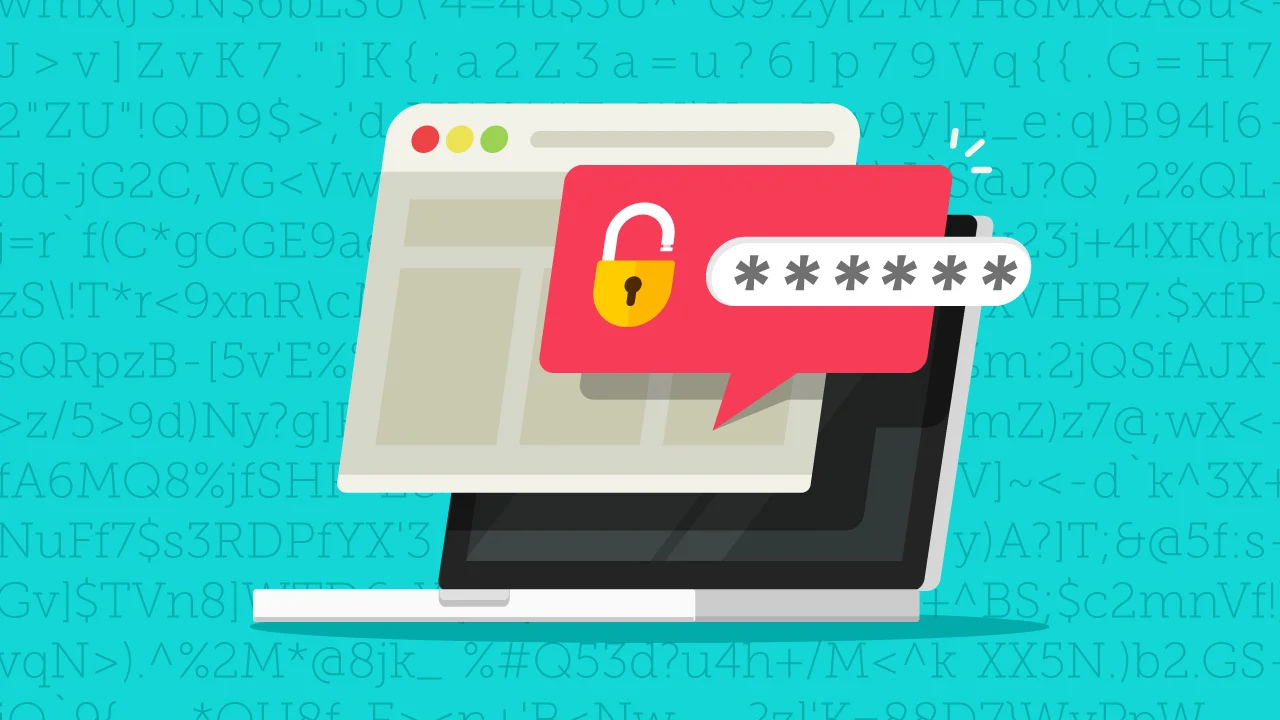Introduction
In today’s digital age, the use of password managers is strongly advocated for ensuring the security of your online accounts. These tools are essential for generating and storing complex passwords, reducing the risk of security breaches. However, not all password managers are created equal. In this article, we’ll discuss the importance of self-custody password managers compared to their cloud-based counterparts, along with some of the potential vulnerabilities and security considerations.
The Cloud-Based Password Manager Conundrum
While cloud-based password managers like Dashlane or LastPass are convenient, they come with their own set of concerns. Storing your sensitive information on a remote server managed by someone else poses a significant risk, as it becomes a prime target for malicious attacks. Given the potential for security breaches, the stakes are higher when using these types of managers.
Cloud-based password managers are known for their questionable security practices and are often the subject of security concerns. By entrusting your passwords to these services, you are essentially relying on the provider’s assurances of security, without complete control over your data.
Self-Custody: The Way to Go
A self-custody password manager, like KeePass and its various forks, offers a different, more secure approach. These open-source password managers allow you to have complete control over your password database, eliminating the reliance on external parties. Self-hosted solutions give you the power to secure your data according to your own standards.
Understanding Vulnerabilities
Even though self-hosted password managers are generally more secure, they are not immune to vulnerabilities. Let’s explore a couple of examples to understand these better:
- The Unauthenticated Change Vulnerability: In the video, an example is given where a local attacker could change the database security settings, including the master password and second-factor authentication, within an authenticated KeePassXC session. To mitigate this, always ensure you lock your database when not in use and never leave your computer unattended with an unlocked database. Furthermore, regular backups can safeguard your data in case of corruption or loss.
- Master Password Memory Leak: Another vulnerability, although minor in comparison to cloud-based risks, is the potential for a local attacker to read the master password from memory. This scenario requires physical access to the computer or privileged remote access. To enhance security, consider using multi-factor authentication, such as a YubiKey, to unlock your password database.
The Importance of Overall Digital Security
The discussion around self-custody password managers highlights the need for a broader understanding of digital security. Just as you’d take significant precautions with cryptocurrencies, protecting your passwords should be a top priority. Here are some best practices:
- Update Wisely: Ensure your software updates come from reputable sources. Avoid downloading software from unverified websites or unsecured connections.
- Air-Gap Your Password Manager: Consider keeping your password manager on an isolated system with no internet access, just as people do with cryptocurrency wallets. This significantly reduces the attack surface.
- Educate Yourself: Invest time in learning about digital security, as this knowledge will help you make informed decisions about your security practices.
- Consider Secure Environments: Platforms like Qubes OS offer a “Vault” VM that is isolated from the internet and other potential security risks, making it an ideal environment for storing your password manager.
Conclusion
The use of self-custody password managers is a proactive step towards enhancing your digital security. While no system is entirely bulletproof, these open-source solutions offer greater control and transparency over your data. By understanding potential vulnerabilities and implementing security best practices, you can significantly reduce the risk of unauthorized access to your sensitive information. Remember, in the realm of digital security, it’s better to be safe than sorry.
